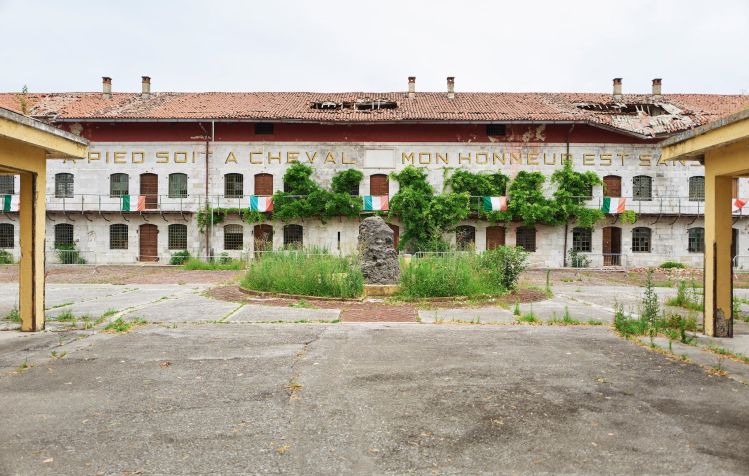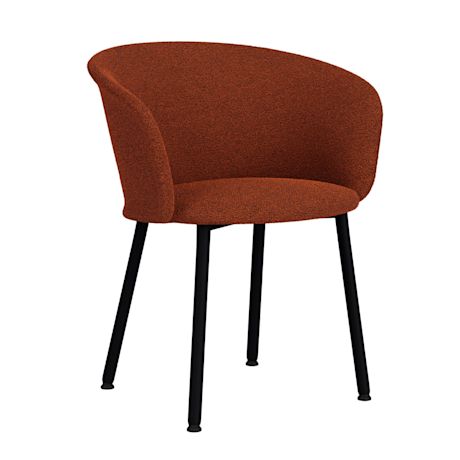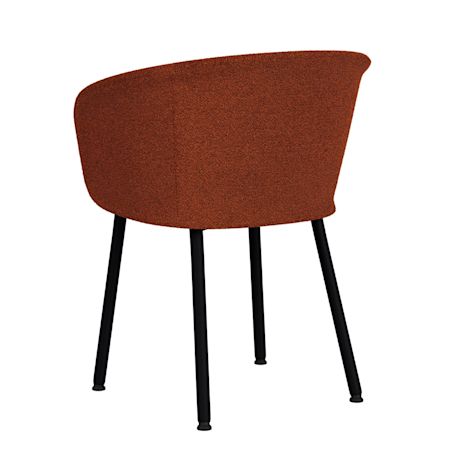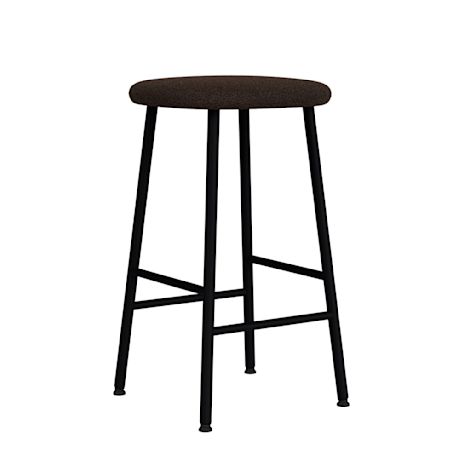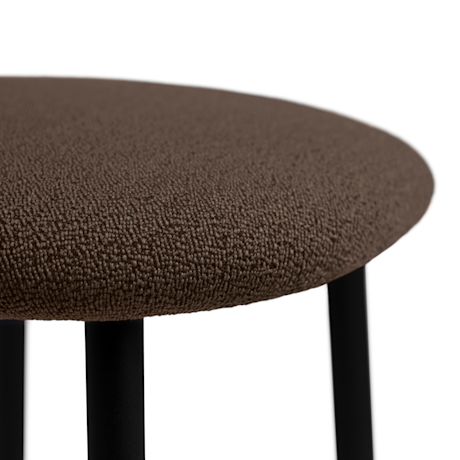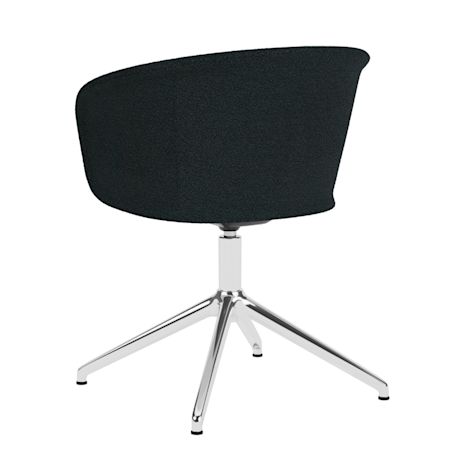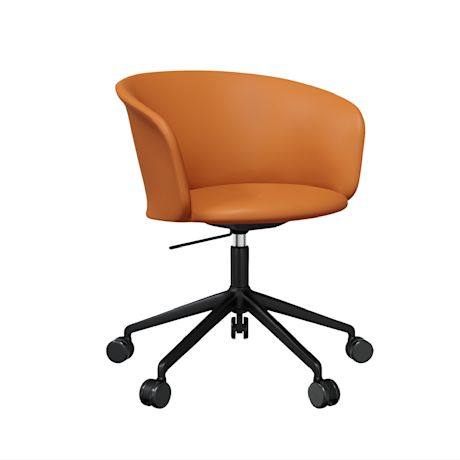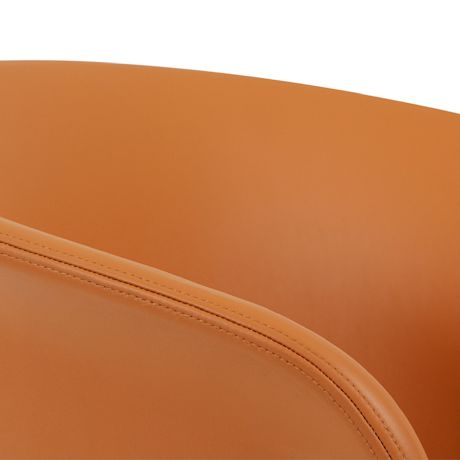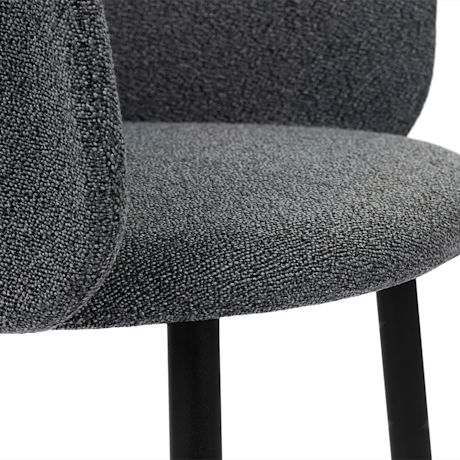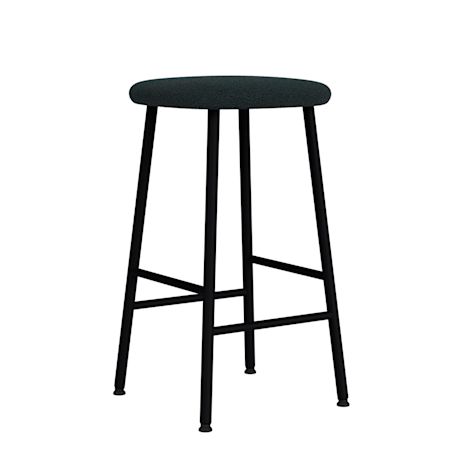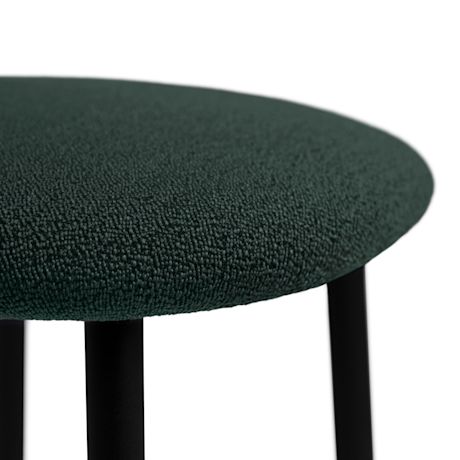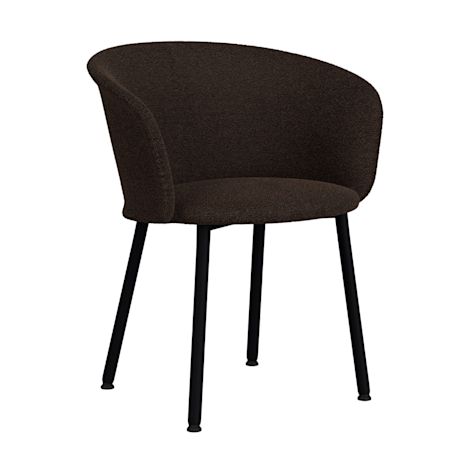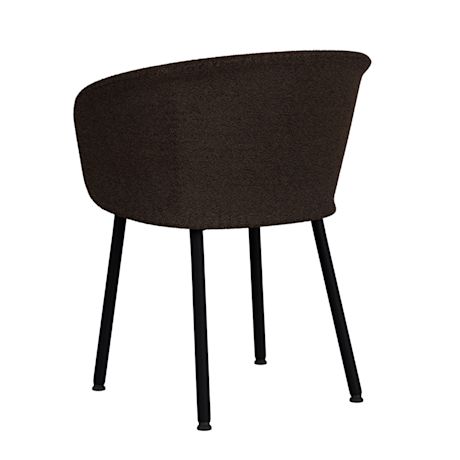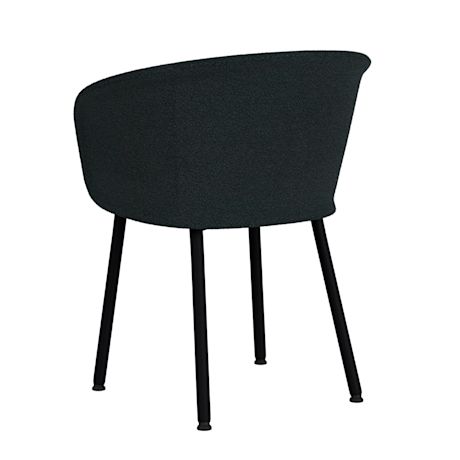At work with: LucidiPevere
Paolo Lucidi and Luca Pevere, the Italian duo behind our freshly launched Kendo Chair, take inspiration from everyday life and authentic materials. We recently visited their studio in Palmanova, close to Venice, to test their credentials and enjoy a hearty lunch with the whole family.
Photography: Heiko Prigge

From the even light of their long white studio in the rural, northern Italian town of Palmanova, Paolo Lucidi and Luca Pevere take a pragmatic approach to design. They met and decided to partner up while still working for other designers. They were, however, both looking for a bigger challenge.
“I said, ‘why can’t we create proposals instead of doing a job?’,” remembers Pevere. “And that was it. We had our daily life in the studio and our nights to do our own projects. The first company we contacted was close to here and it was the only one open on Saturdays, so we could present the project without losing days of work,” he says in true pragmatic style.
LucidiPevere’s clear, matter-of-fact methodology appealed to Hem when it came to commissioning a dining chair for the upcoming collection, and the feeling was mutual. “Hem is different from all the brands we have worked with, and it’s young. When we first started talking, Scandinavian companies were really close to foreign designers. Hem was one of the companies that weren’t, and the language was varied. We liked this approach and the idea of designing a self-assembly product,” says Lucidi.
For Lucidi and Pevere, family forms the basis of all life, including work. As such, they recently made their most important pragmatic decision — to transplant the studio to Palmanova halfway between Fiumicello and Campoformido, the towns they each grew up in and where they now live. “We moved because we lived with our families in Milan and we used to see the kids playing in the middle of two streets in a sort of ranch, just to be safe. That wasn’t ideal. We thought it would be better to give them green fields like we had when we were children,” reminisces Pevere.
As Italians, dining and entertaining is particularly important and this helped in their process. “We wanted something that embraced your body and is comfortable when you see it and when you sit in it,” says Lucidi. The result is a sturdy, sculptural seat that perches on four strong wooden legs. Purposefully suited to any environment, the Kendo chair was also designed to be shipped in a compact form and assembled simply thanks to the reduction of parts to just the body and legs.
“The brief was clear — a dining chair with removable legs that could be shipped, would work in materials like wood and metal, and was not complicated but really precise,” explains Pevere. “Our idea was to create a unique piece of foam that looks like two pieces [the back and the seat] but is in fact one,” he says.
